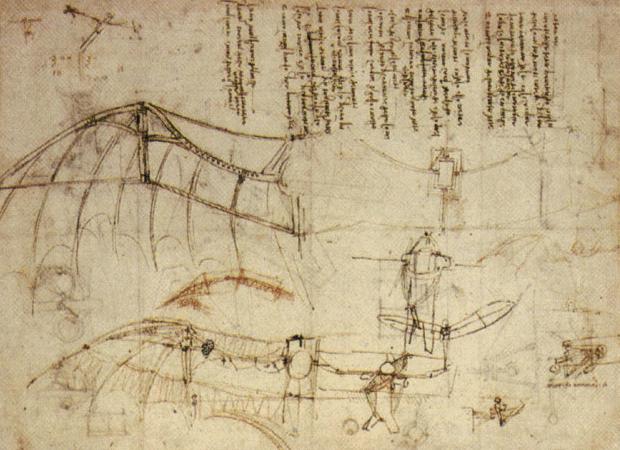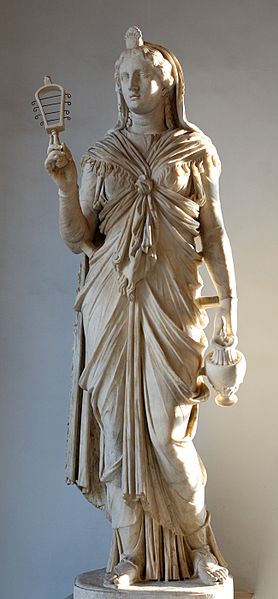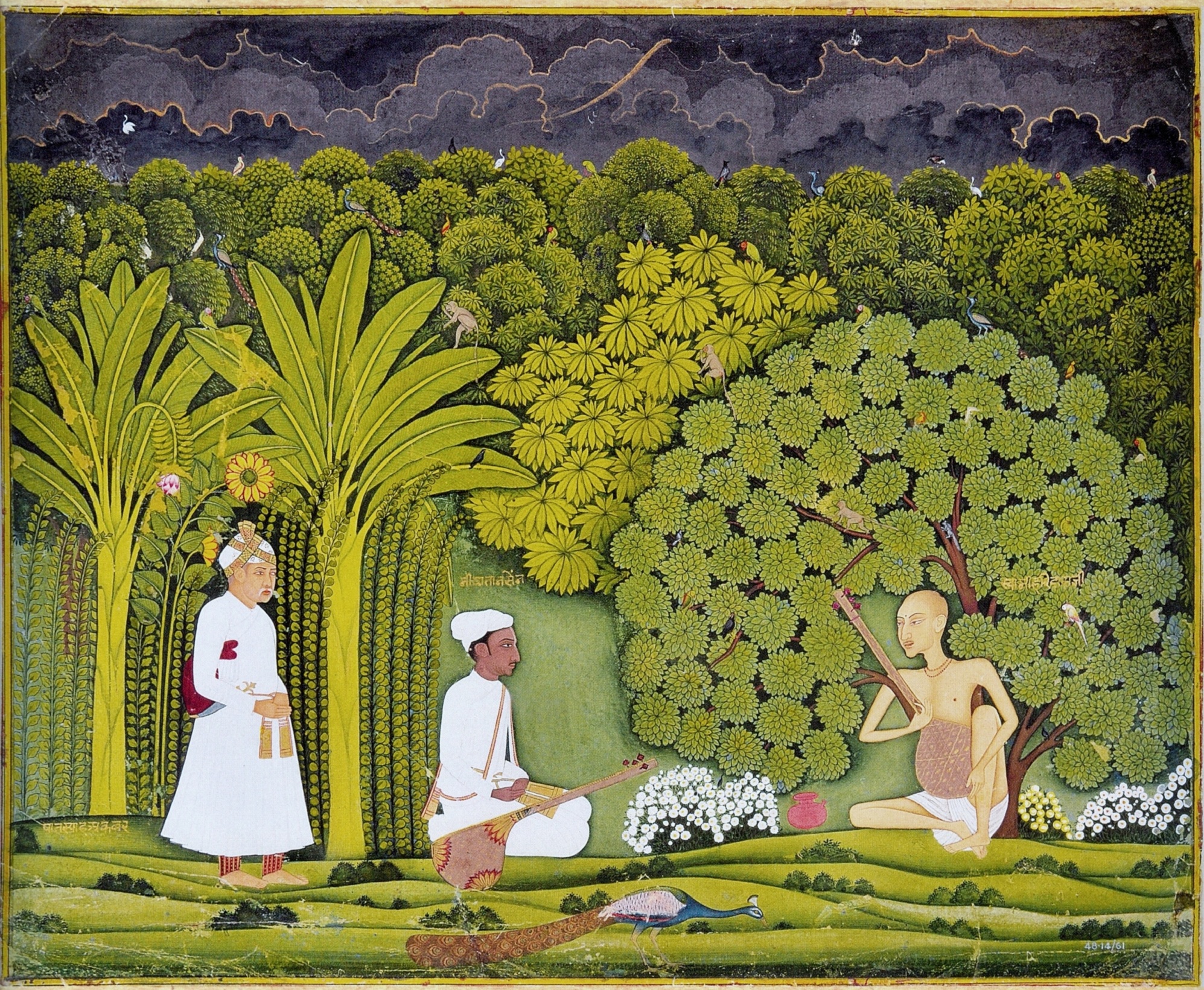The Story of Cinderella – An Inner Voyage
Article By Akanksha Sanghi
 I recently had the opportunity to investigate my all-time favourite fairytale, Cinderella, in a new light. I realised that we can infact extract very practical principles to apply in our daily lives. But for this, we need to look at the story that we are so familiar with, through a new lens, leaving behind our preconceived notions for a moment. I began to slowly peel off layers, to attempt to read between the lines, and to grasp the symbolism deeply embedded in the characters and plot.
I recently had the opportunity to investigate my all-time favourite fairytale, Cinderella, in a new light. I realised that we can infact extract very practical principles to apply in our daily lives. But for this, we need to look at the story that we are so familiar with, through a new lens, leaving behind our preconceived notions for a moment. I began to slowly peel off layers, to attempt to read between the lines, and to grasp the symbolism deeply embedded in the characters and plot.
The popular and moral message of this tale illustrates the timeless value of the Victory of Good over Evil, meant to inspire right conduct amongst children. Ultimately the kind-hearted and helpful Cinderella is victorious despite all the obstacles from her stepmother and sisters, usually regarded as the symbols of evil. However, it is evident that the story contains another more mystical message as well, depicting the voyage of a philosopher seeking Wisdom; it is perhaps the voyage of every human being, of each one aspiring for his/her Prince, our true human potential to become the best version of ourselves.
To embark on this voyage, the tale seems to emphasize the importance of the right preparation. In the beginning of the story, Cinderella is depicted as constantly working and cleaning. To me, work symbolises discipline and order which are basic but essential tools; there is a need to organise our thoughts and emotions which are usually stained with egoistical elements. Cleaning symbolises a very significant step of the inner process of purification; cleaning away vices and desires to create room for something new and better, a step closer to our potential. With cleaning and order, we are able to see a bit more clearly, more objectively. And we might hear an inner subtle voice yearning to fulfil a lasting and meaningful purpose, beyond subjective and transient gains.
Cinderella’s two step sisters perhaps signify the illusion of duality that we may become blinded by. We often see things as black or white, separate, at one extreme or another. Good or Bad. Life or Death. Light or Darkness. However, Life cannot be reduced to such simplistic either-ors. And when our logical minds create elaborate lists of pros and cons to deduce a line of action, we often find ourselves stuck, overcome by doubt, because another inner voices directs us differently. Like our logical minds, Cinderella’s step sisters were jealous and calculative; they did everything they could to sabotage her. Each one of us experiences jealousy, envy, and the voices of the ego. When we allow these vices to lead us, we act in a manner that deep down we know is incorrect. Sometimes these pulls are so strong, that we take wrong decisions, hurting others and ourselves in the process. However, we must remember that we can always choose to bring light and raise ourselves to see things from a more elevated and altruistic point of view, and act by values of justice and goodness, rather than relative and limited notions of right and wrong.
Despite her evil step sisters, Cinderella chose to rise above the trying circumstances to remain good, kind and truthful – to be virtuous. As victims of circumstance, and slaves to the ego, we don’t always recognise that we are always free to choose – to respond with compassion, generosity and love – even when we feel angry, hurt, and impatient…even when we are in a bad mood. With every choice, we purify ourselves further, and take a tiny step closer to becoming better.
Cinderella also had to deal with her stepmother who tests her constantly, giving her a seemingly endless list of challenging tasks, each more difficult than the previous. Perhaps the stepmother symbolises Life itself, which offers us obstacles and challenges in various forms and magnitudes that we need to surpass to emerge victorious, stronger, and happier. In that sense, mystically speaking, the stepmother might be regarded as a great and compassionate Teacher, because without her challenges, Cinderella might never have had the opportunity to fulfil her destiny. It is up to us whether we face these challenges as victims, feeling sorry for ourselves, or if we persevere through them, with the spirit of victory, as did Cinderella.
From the moment that Cinderella is informed of the opportunity to meet the Prince, her destiny, she marched onward no matter what came her way. With help from a fairy godmother who appears out of nowhere, perhaps representative of our own Will, within minutes Cinderella is dressed in a beautiful gown and glass slippers, and everyday items are transformed, like the pumpkin that becomes a carriage, to facilitate her union. Perhaps every human being is ultimately in search of a Prince; some call it happiness, others may call it the search for meaning or purpose, and some may call it the fulfilment of potential. When we make the effort to uplift and purify ourselves with the goal of actualizing this search, the clarity and stability of our Will is perhaps our single most important strength.
The sparkling glass slipper, which Cinderella leaves behind, to me symbolises a mystical momentary glimpse of that destiny. Its memory is the inner proof of that destiny, which becomes the motor for the daily effort to actualize it fully. We must but persevere, and the Prince will himself eventually come seeking us. As was with Cinderella, the tough but compassionate Teacher that we call Life will never stop testing us, giving us opportunities to purify, and surpass our current condition…to take steps towards new possibilities.
I realised therefore, that Cinderella and the Prince are One. The Prince symbolises Cinderella’s potential; to unite with her destiny is the beautiful inner voyage. Like Cinderella, can we too strive towards our own true potentials, to be the best human beings that we can really be, despite all the challenges and circumstances that life deals us? Can we strive to act from the inherent goodness that lies within all of us, no matter what the circumstances, to become masters of our own happiness? Can our virtues defeat the vices of our material selves? Can we choose to march through life with the spirit of Victory, rather than as victims?
Image Credits: By Susan Hancock | Unsplash | CC0
The entity posting this article assumes the responsibility that images used in this article have the requisite permissionsImage References
By Susan Hancock | Unsplash | CC0
Permissions required for the publishing of this article have been obtained




What do you think?